If you’re dreaming of epic hikes, breathtaking views, or peaceful outdoor escapes, you’re in the right place. This guide will take you through the top national parks to visit by state, showcasing the best nature each has to offer. From Alaska’s remote wilderness to Florida’s tropical coasts, every state brings something unique to the table. Whether you’re planning a family trip or a solo adventure, there’s a perfect park waiting for you. National parks are more than just pretty places—they preserve history, protect wildlife, and offer unforgettable memories. Some parks are famous, while others are hidden gems worth discovering. We’ll keep it simple, fun, and full of helpful tips along the way. Get ready to add some amazing destinations to your bucket list!
Alaska: Embrace the Wild in America’s Last Frontier
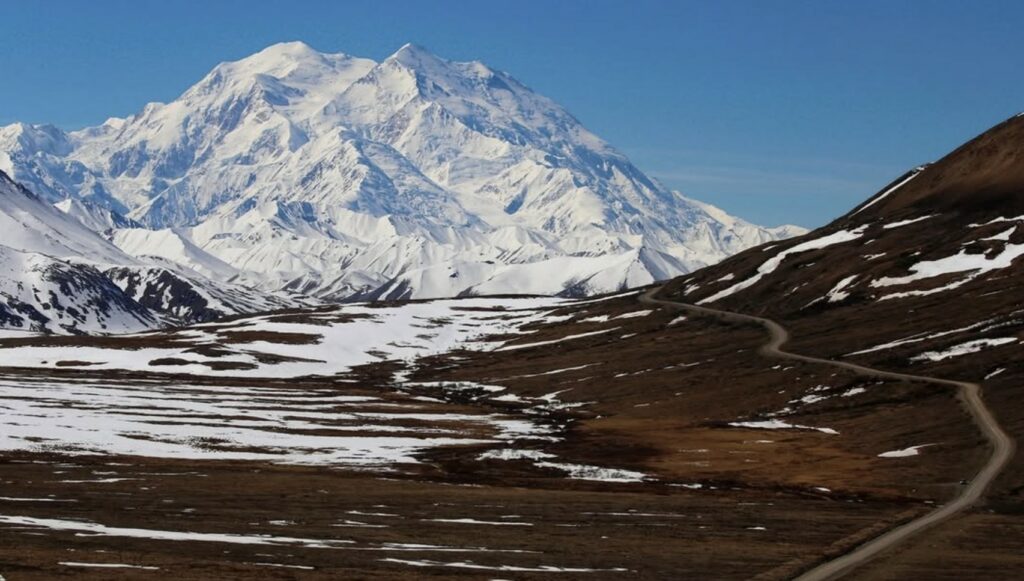
Alaska boasts some of the best national parks, perfect for those craving adventure and solitude. Katmai National Park offers a chance to witness brown bears fishing for salmon in the wild. Kenai Fjords National Park showcases over 40 glaciers flowing from the Harding Icefield, accessible by boat or foot. Kobuk Valley National Park is renowned for the half-million caribou migrating through its untouched landscapes. Lake Clark National Park combines volcanoes, alpine lakes, and rugged mountains, offering breathtaking scenery. Wrangell-St. Elias National Park, the largest in the U.S., is six times the size of Yellowstone and teems with wildlife and glaciers. Each park provides a unique glimpse into Alaska’s untamed beauty, making them top national parks to explore.
Arkansas: Soak in History and Nature at Hot Springs
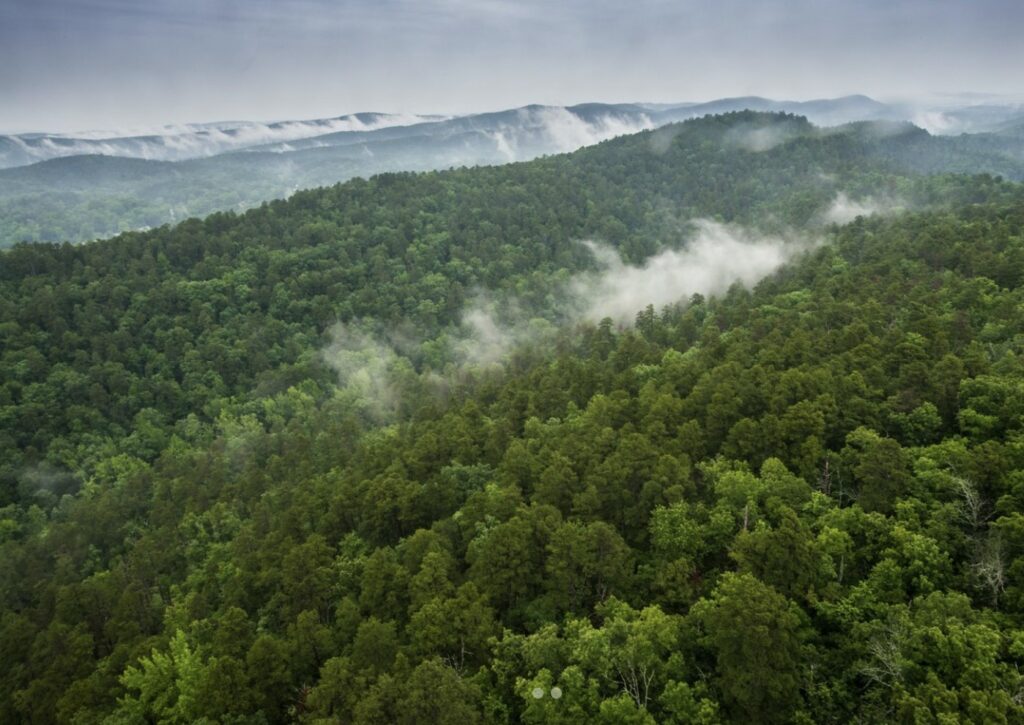
Hot Springs National Park in Arkansas seamlessly blends natural beauty with rich history. Located near the town of Hot Springs, this park is famed for its thermal waters, once believed to have healing properties. Visitors can stroll along scenic trails, explore historic bathhouses, or enjoy a relaxing soak. The park’s unique combination of urban and natural settings offers a diverse experience. Camping options are available for those wishing to immerse themselves overnight. As one of the best national parks in the region, Hot Springs provides both relaxation and adventure.
California: Diverse Landscapes from Deserts to Forests
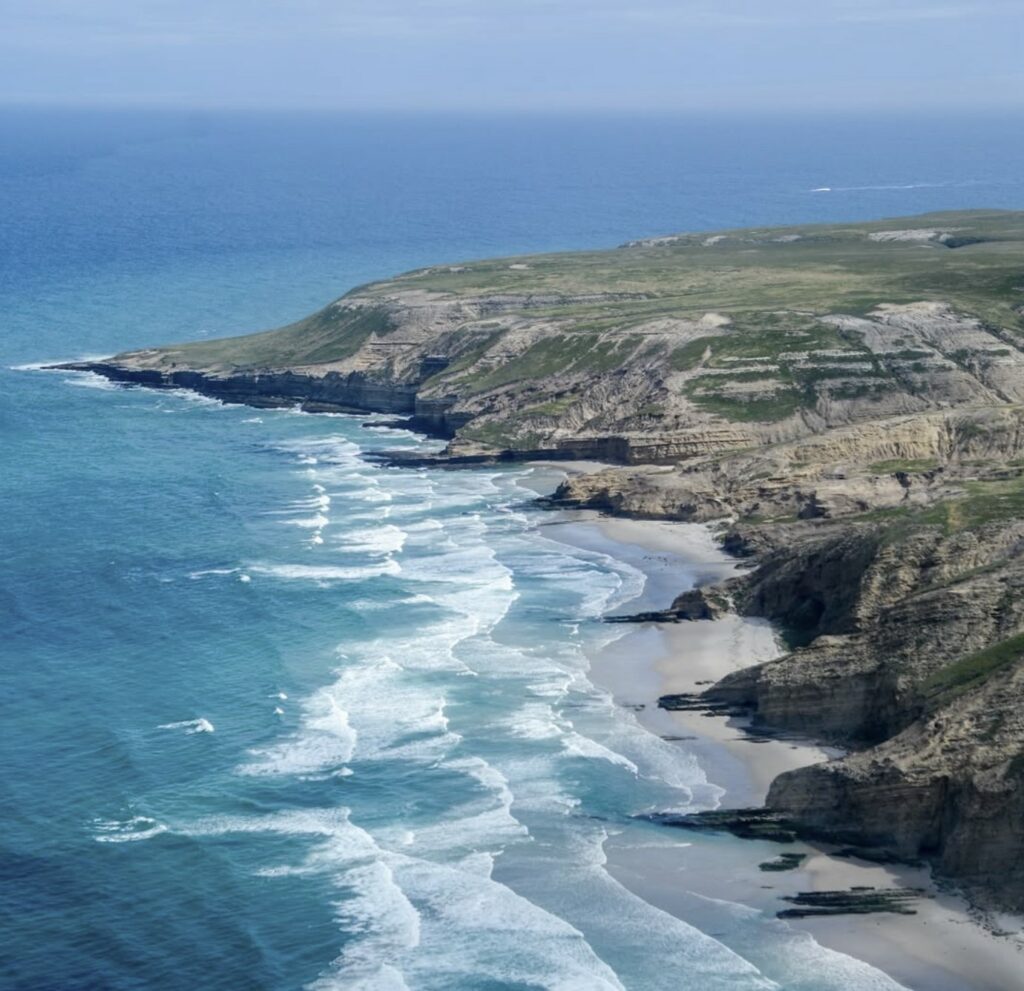
California is packed with some of the top national parks in the country, and each one offers a totally different vibe. If you’re looking for a quiet, off-the-grid escape, Channel Islands National Park is a dream. You can kayak through sea caves, spot seals and seabirds, or just enjoy the peaceful island views. For a more intense adventure, head to Death Valley National Park—it’s one of the hottest places on Earth and full of surreal desert beauty. Then there’s the iconic Yosemite National Park, where waterfalls, granite cliffs, and giant sequoias create jaw-dropping scenery at every turn. You can hike, rock climb, camp, or simply soak in the views from Glacier Point. Whether you’re into beaches, deserts, or towering mountains, California’s top national parks offer something for every kind of traveler.
Colorado: Majestic Mountains and One-of-a-Kind Landscapes
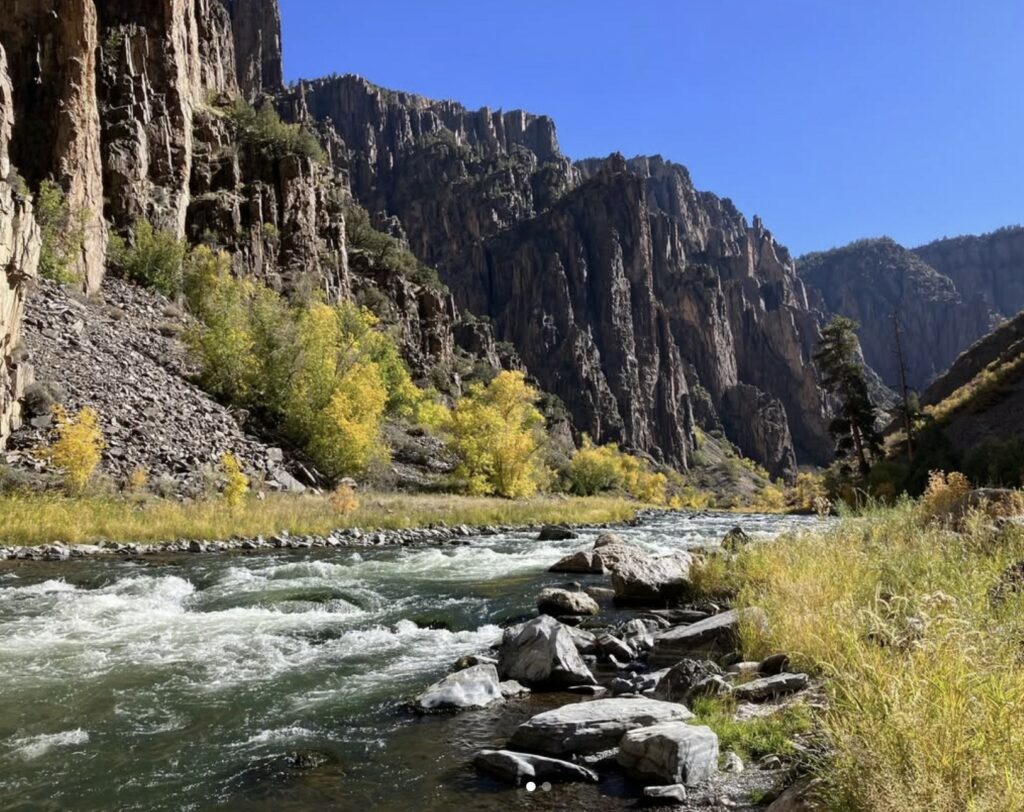
Colorado is a haven for outdoor lovers, and its top national parks perfectly showcase why this state is so special. Start with Black Canyon of the Gunnison National Park, where the canyon walls drop dramatically—some over 2,700 feet straight down. The narrow gorge, carved by the Gunnison River over millions of years, offers heart-stopping views and rugged hiking trails along the rim and down into the canyon. Next, Great Sand Dunes National Park flips expectations with a surreal landscape of towering sand dunes—the tallest in North America. Here, you can sled down sandy slopes, wade through Medano Creek, or explore the surrounding forests and grasslands.
Then there’s the crown jewel, Rocky Mountain National Park, with over 300 miles of trails winding through alpine lakes, wildflower-filled meadows, and snow-capped peaks. Wildlife sightings are common—keep an eye out for elk, moose, and bighorn sheep, especially at sunrise or sunset. From deep canyons to shifting sands to towering mountains, Colorado’s best national parks are as diverse as they are unforgettable.
Florida: Underwater Wonders and Coastal Beauty

Florida’s top national parks offer something truly different—think crystal-clear waters, remote islands, and thriving ecosystems unlike anywhere else in the U.S. Biscayne National Park is a marine paradise where 95% of the park is underwater. You can snorkel through vibrant coral reefs, kayak over seagrass beds, or boat around the park’s scattered keys. It’s also home to sea turtles, dolphins, and even shipwrecks you can explore on guided tours. Then there’s Dry Tortugas National Park, located 70 miles west of Key West and only accessible by boat or seaplane. This hidden gem features turquoise waters, colorful coral, and Fort Jefferson, a massive 19th-century coastal fortress surrounded by white sand and calm seas—perfect for swimming, snorkeling, and relaxing.
Moving inland, Everglades National Park offers a completely different adventure through a sprawling wetland wilderness. It’s the largest subtropical preserve in the country, and you can explore it by airboat, kayak, or on foot. Wildlife is everywhere—look for alligators, manatees, and hundreds of bird species. The Everglades are also the only place in the world where alligators and crocodiles coexist. Each of these parks highlights Florida’s natural diversity and charm, making them some of the best national parks to visit if you love nature, water, and wildlife with a tropical twist.
Arizona: Desert Beauty and Red Rock Wonders
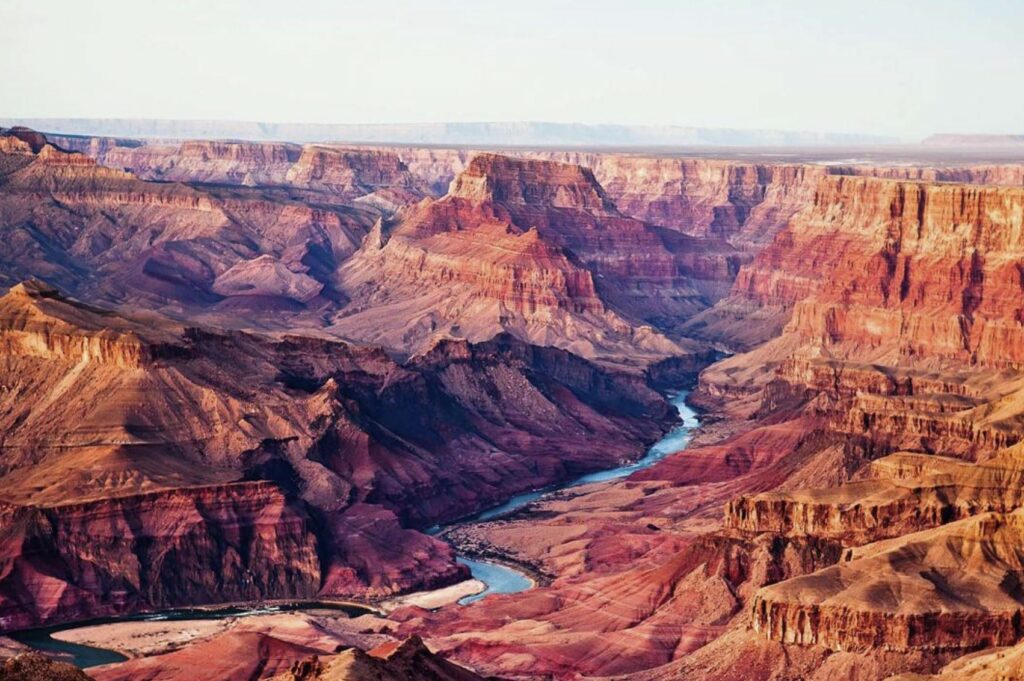
Arizona’s national parks are famous for their dramatic desert scenery and ancient geology. Grand Canyon National Park is the star, drawing millions each year to marvel at its mile-deep canyon carved by the Colorado River. You can hike into the canyon, take a mule ride, or raft along the river. Entrance is $35 per vehicle for a 7-day pass, and camping is available on the rim and below. Petrified Forest National Park is often overlooked but offers colorful badlands, ancient petroglyphs, and fossilized trees over 200 million years old. It’s a quieter park with a $25 entrance fee and backcountry camping options. Both parks reveal Arizona’s deep history and natural beauty, from vast rock formations to prehistoric forests. Whether you’re after iconic views or quiet solitude, Arizona’s top national parks deliver a truly unforgettable experience.
Utah: A Playground of Arches and Canyons
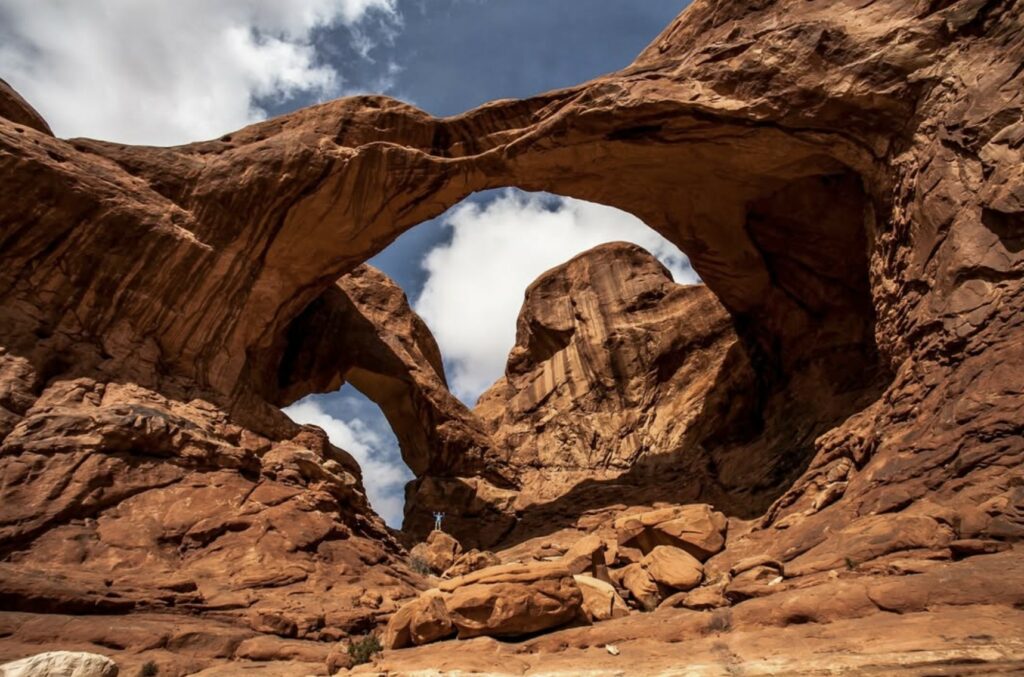
Utah’s five national parks, nicknamed the “Mighty Five,” feature some of the most surreal and colorful landscapes in the U.S. Arches National Park has over 2,000 natural stone arches and offers easy to moderate hikes like Delicate Arch and Landscape Arch. Zion National Park is known for its steep red cliffs and adventurous trails like Angels Landing, which requires a permit. Bryce Canyon’s unique hoodoos create a dreamlike view, especially during sunrise and winter snowfalls. Canyonlands, the largest of the five, features remote canyons carved by the Colorado River, and Capitol Reef showcases cliffs, domes, and historical orchards. Most parks charge $20–$35 per vehicle, and each offers campgrounds with reservation options. Together, these parks provide endless opportunities for hiking, stargazing, photography, and exploration, making Utah one of the best states for national park road trips.
Read More: Mysterious ‘Heartbeat’ Detected in Earth Every 26 Seconds, Leaving Scientists Puzzled
Washington: Rainforests, Mountains, and Coastlines

Washington’s national parks pack an incredible variety into one state. Olympic National Park stands out for its diversity—you can explore the mossy Hoh Rain Forest, hike up Hurricane Ridge for mountain views, or walk along wild beaches like Rialto and Ruby. Entry is $30 per vehicle for a 7-day pass, and the park has 15 campgrounds. Mount Rainier National Park is built around the towering 14,410-foot volcano, offering wildflower meadows in summer and snowy adventures in winter. It has multiple campgrounds and an entrance fee of $30. North Cascades National Park is often overlooked but features jagged peaks, alpine lakes, and over 300 glaciers. It’s free to enter and perfect for backcountry hiking and camping. These parks showcase the Pacific Northwest’s rich, dramatic beauty—lush, wild, and full of adventure year-round.
Hawaii: Volcanoes and Tropical Magic
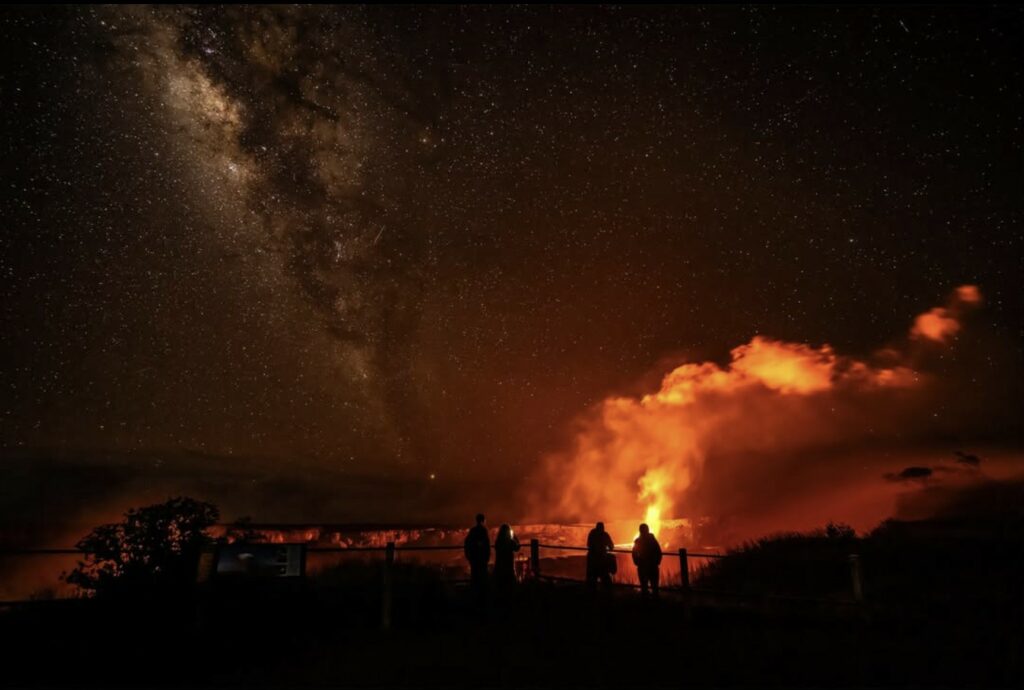
Hawaii’s national parks are unlike any on the mainland, combining lush tropical landscapes with dramatic volcanic terrain. Hawaiʻi Volcanoes National Park on the Big Island lets you explore Kīlauea and Mauna Loa, two of the world’s most active volcanoes. You can hike lava tubes, watch glowing lava flows (when active), and learn about Hawaiian culture. Entry is $30 per vehicle for a 7-day pass, and the park offers camping at two campgrounds. Haleakalā National Park on Maui is famous for sunrise views above the clouds from its 10,000-foot summit. The park also features crater hikes, endangered species, and tropical forests along the coast. Entry is also $30 per vehicle. Both parks protect rare ecosystems and offer a deep connection to Hawaii’s natural and cultural heritage, making them unforgettable destinations.
Wyoming: Iconic Peaks and Wild Frontiers
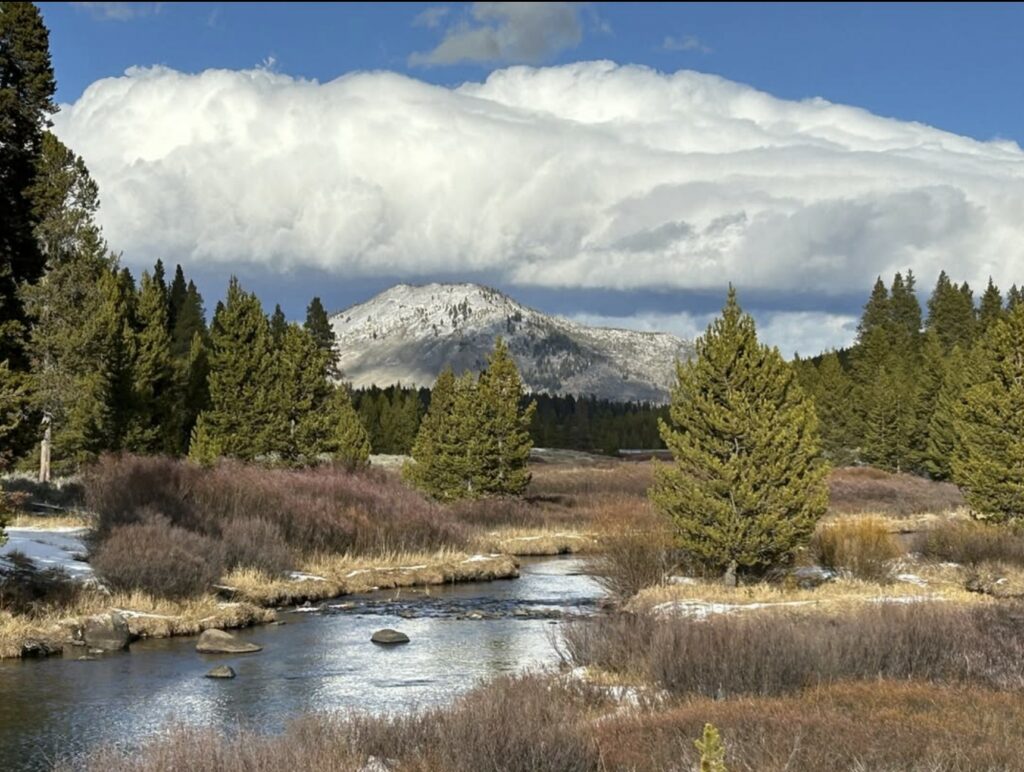
Wyoming is home to two of America’s most iconic national parks. Yellowstone National Park, the world’s first national park, is known for its geysers, hot springs, and wildlife. Old Faithful still erupts on schedule, and Grand Prismatic Spring dazzles with its rainbow-colored waters. The entrance fee is $35 per vehicle, and there are 12 campgrounds across the park. South of Yellowstone, Grand Teton National Park features the sharp, rugged Teton Range rising above clear lakes and scenic valleys. It’s a favorite for hiking, kayaking on Jenny Lake, and spotting moose and bears. Entry is also $35, and camping is available at several sites. These parks offer dramatic contrasts—Yellowstone’s geothermal wonders and Grand Teton’s alpine beauty—making Wyoming a dream for outdoor adventurers and photographers alike.
Oregon: Lush Forests and Volcanic Lakes
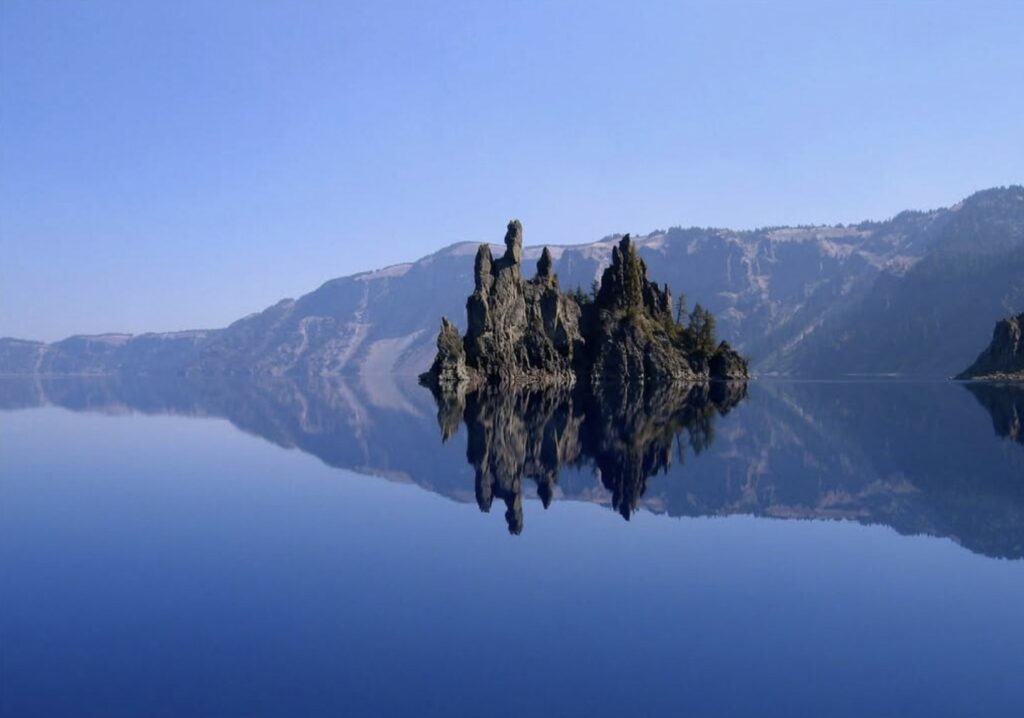
Oregon is home to one of the best national parks in the Pacific Northwest—Crater Lake National Park. Known for its deep blue water and stunning clarity, Crater Lake was formed after a volcano collapsed nearly 8,000 years ago. It’s the deepest lake in the U.S., and visitors can hike the rim, take a boat tour to Wizard Island, or enjoy snowshoeing in winter. Entry costs $30 per vehicle in summer and $20 in winter, and there are two seasonal campgrounds. The park also offers scenic drives, starry skies, and a peaceful, almost magical atmosphere. Crater Lake stands out among the top national parks for its unique volcanic origin and incredibly pristine views, making it a must-visit for nature lovers and geology fans alike.
Montana: Big Skies and Alpine Wilderness
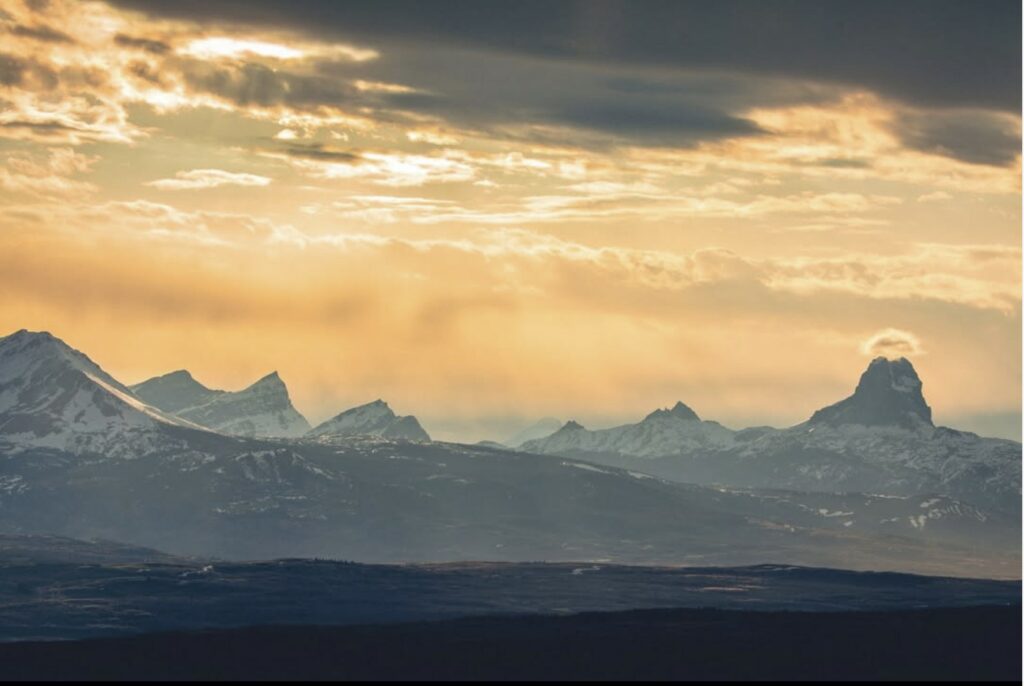
Montana’s best national parks deliver vast skies, towering peaks, and stunning alpine terrain. Glacier National Park is the star of the state, offering more than 700 miles of trails through high-mountain passes, crystal lakes, and wildflower meadows. It’s also home to grizzly bears, mountain goats, and a portion of the famous Going-to-the-Sun Road—a scenic drive like no other. The entrance fee is $35 per vehicle, and several campgrounds are available by reservation. The park gets its name from the ancient glaciers that carved its dramatic landscape, and although many are shrinking, their legacy shapes the park’s beauty. For hikers, photographers, and wildlife watchers, Glacier remains one of the top national parks in the U.S., offering quiet serenity and rugged adventure in every direction.
South Dakota: Stone Monuments and Rolling Prairies
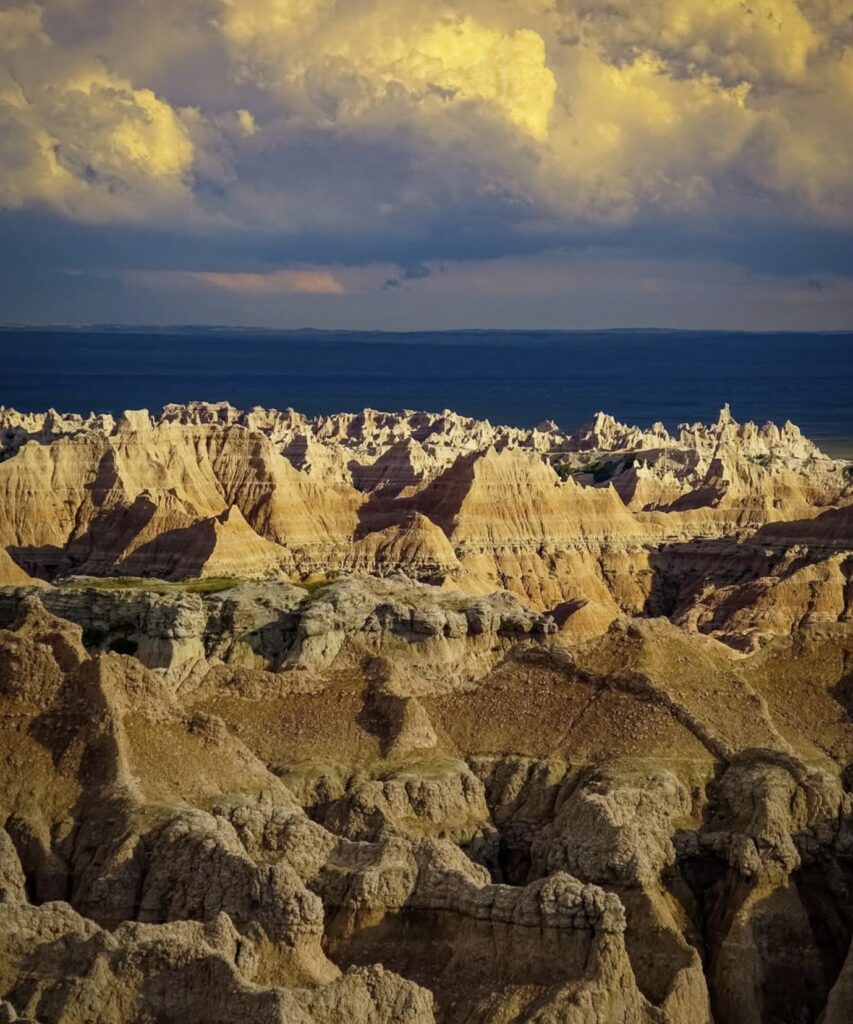
South Dakota might surprise you with two of the best national parks that highlight very different kinds of natural beauty. Badlands National Park is famous for its colorful layered rock formations, fossil beds, and wide-open views. Visitors can hike short trails, drive scenic roads, or camp under a vast, star-filled sky. Entry is $30 per vehicle, and there’s both front-country and backcountry camping. Wind Cave National Park, just a short drive away, offers one of the longest and most complex cave systems in the world. Above ground, the park features rolling prairie and roaming bison. It’s one of the oldest national parks and was the first to protect a cave system. These two parks give visitors a mix of underground wonder and high plains beauty, making South Dakota a hidden gem among the top national parks.
North Carolina and Tennessee: Smoky Mountain Magic
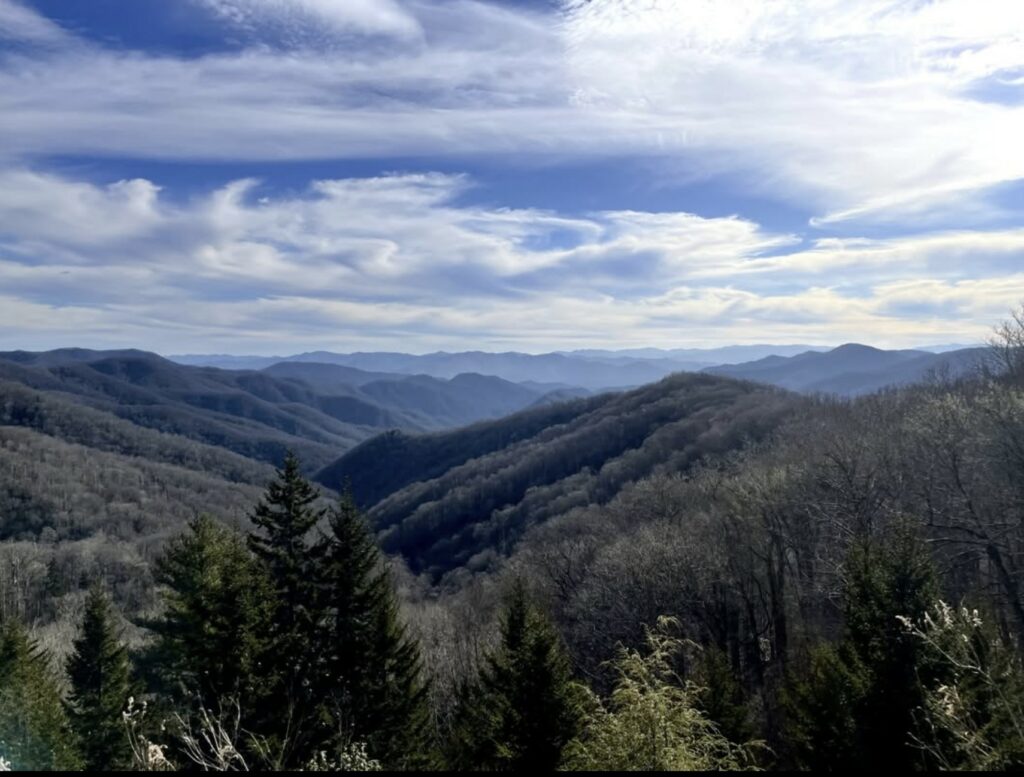
Great Smoky Mountains National Park, shared between North Carolina and Tennessee, is the most visited of all U.S. national parks—and for good reason. It’s one of the best national parks for lush forests, mountain views, and accessible hiking. The park offers over 800 miles of trails, including the scenic Clingmans Dome and parts of the Appalachian Trail. There’s no entrance fee, but parking tags start at $5 per day. The area is especially stunning in fall, when the forest explodes with color. Campgrounds are available throughout, and wildlife like black bears and wild turkeys are commonly seen. Its mix of misty mountains, biodiversity, and Southern charm makes it one of the top national parks for families and first-time visitors alike.
Read More: Study: Living in Nature Protects Against Mental Illness While Living in the City Can Increase Risk
Maine: Rugged Coasts and Mountain Sunrises
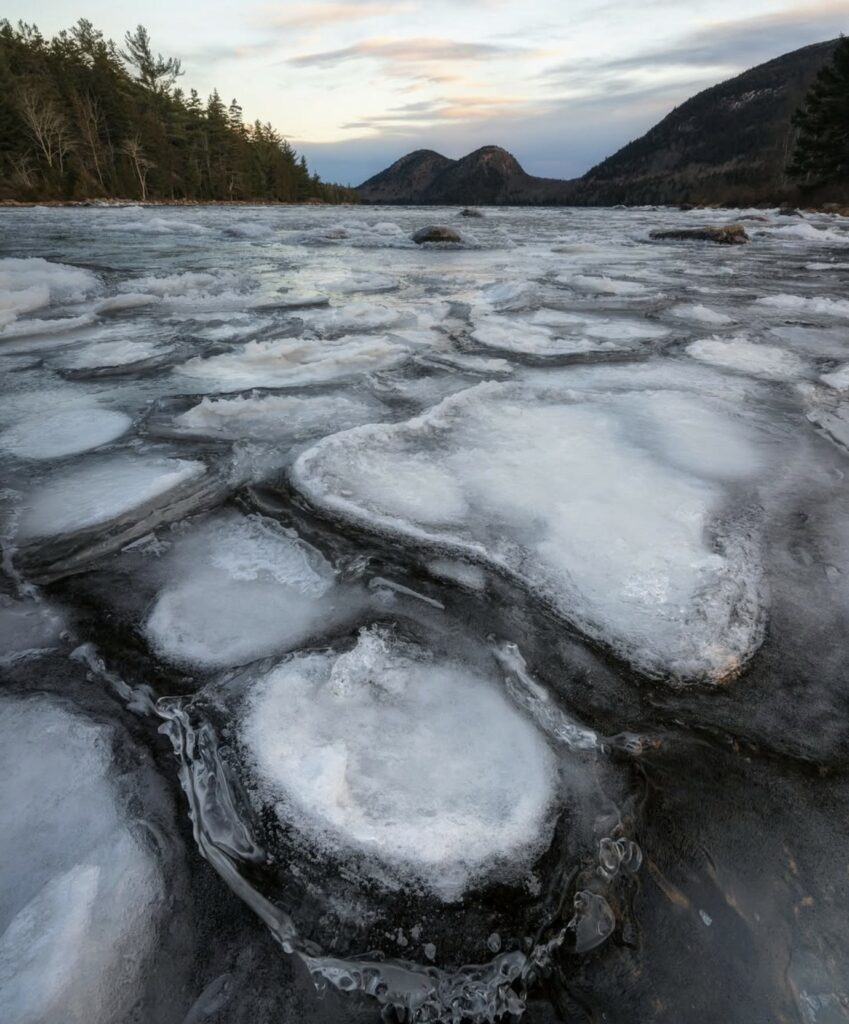
Maine’s Acadia National Park is one of the best national parks in the eastern U.S. and offers a rare mix of coastal beauty and mountainous terrain. Located on Mount Desert Island, the park features rocky beaches, pine forests, and Cadillac Mountain—the first place to see sunrise in the U.S. for much of the year. Visitors can hike over 150 miles of trails, bike the historic carriage roads, or drive the scenic Park Loop Road. Entry is $35 per vehicle, and multiple campgrounds are available by reservation. Wildlife includes bald eagles, seals, and even peregrine falcons. Acadia combines ocean views with crisp mountain air, making it one of the top national parks for photographers, hikers, and anyone who loves a classic New England experience.
New Mexico: Caves, Dunes, and Desert Mystique
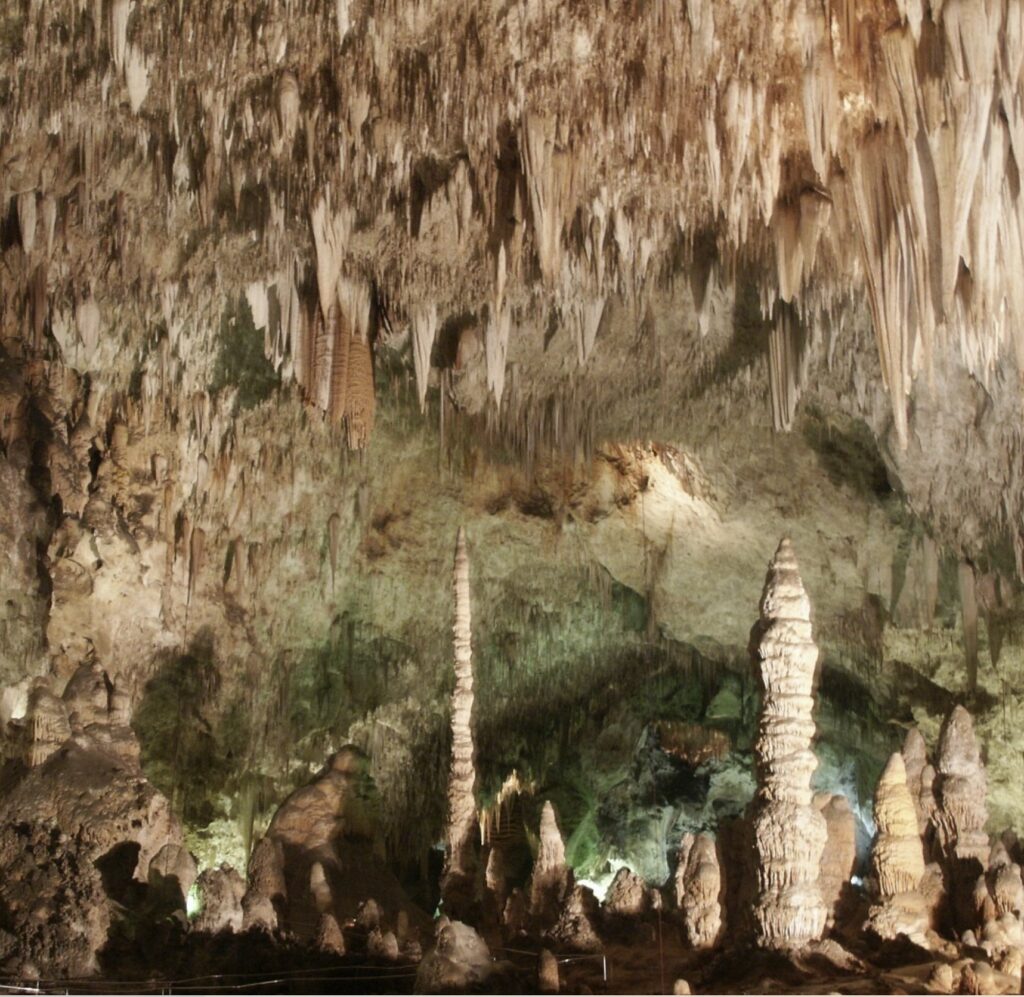
New Mexico offers two top national parks that reveal the state’s mysterious desert charm. Carlsbad Caverns National Park houses over 100 limestone caves, with the main cavern featuring enormous chambers filled with stalactites and stalagmites. Entry is $15 per person, and the self-guided Big Room Trail is a must-see. Evening bat flight programs in summer draw big crowds. Not far away, White Sands National Park dazzles with its surreal landscape of gypsum sand dunes—the largest of their kind on Earth. You can sled down the dunes, take a scenic drive, or hike into the glowing white wilderness. Entrance is $25 per vehicle, and primitive backcountry camping is allowed. Together, these parks highlight the diverse beauty of the Southwest and easily rank among the best national parks in the region.
Virginia: Rolling Hills and Historic Trails
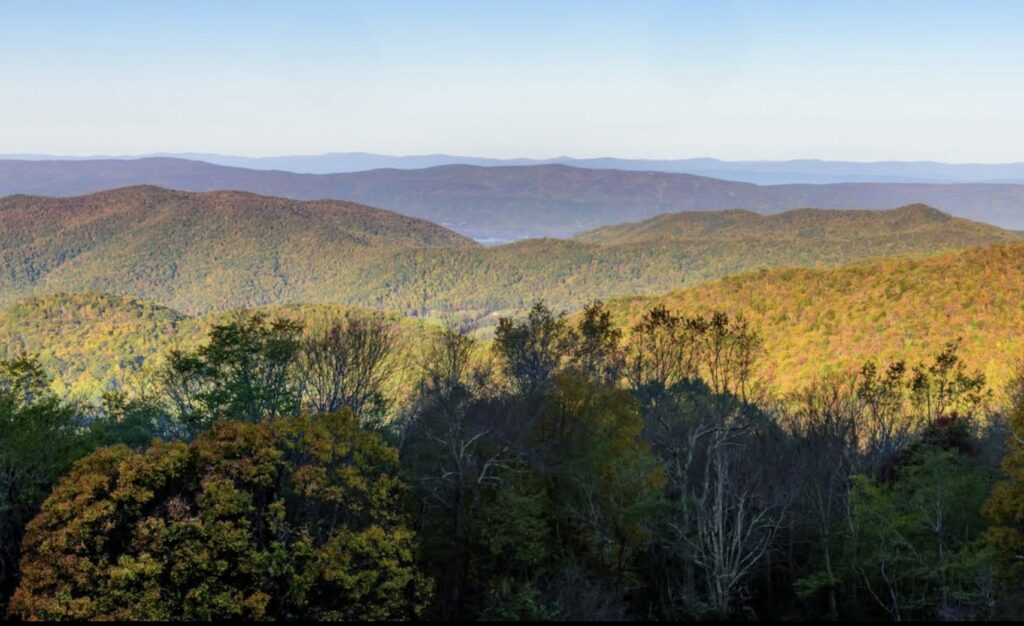
Virginia’s Shenandoah National Park offers peaceful wilderness and stunning overlooks just 75 miles from Washington, D.C. It’s one of the best national parks for a relaxing escape into nature without venturing too far from city life. The park stretches along the Blue Ridge Mountains and features the famous Skyline Drive, a 105-mile road with panoramic views, especially vibrant in the fall. Over 500 miles of trails include a portion of the Appalachian Trail, and visitors can spot deer, black bears, and wild turkeys. Entry is $30 per vehicle, and there are several campgrounds as well as backcountry options. Shenandoah combines gentle beauty with deep Appalachian history, making it one of the top national parks for hikers, leaf-peepers, and weekend road trippers.
Michigan: Island Escapes and Freshwater Adventures
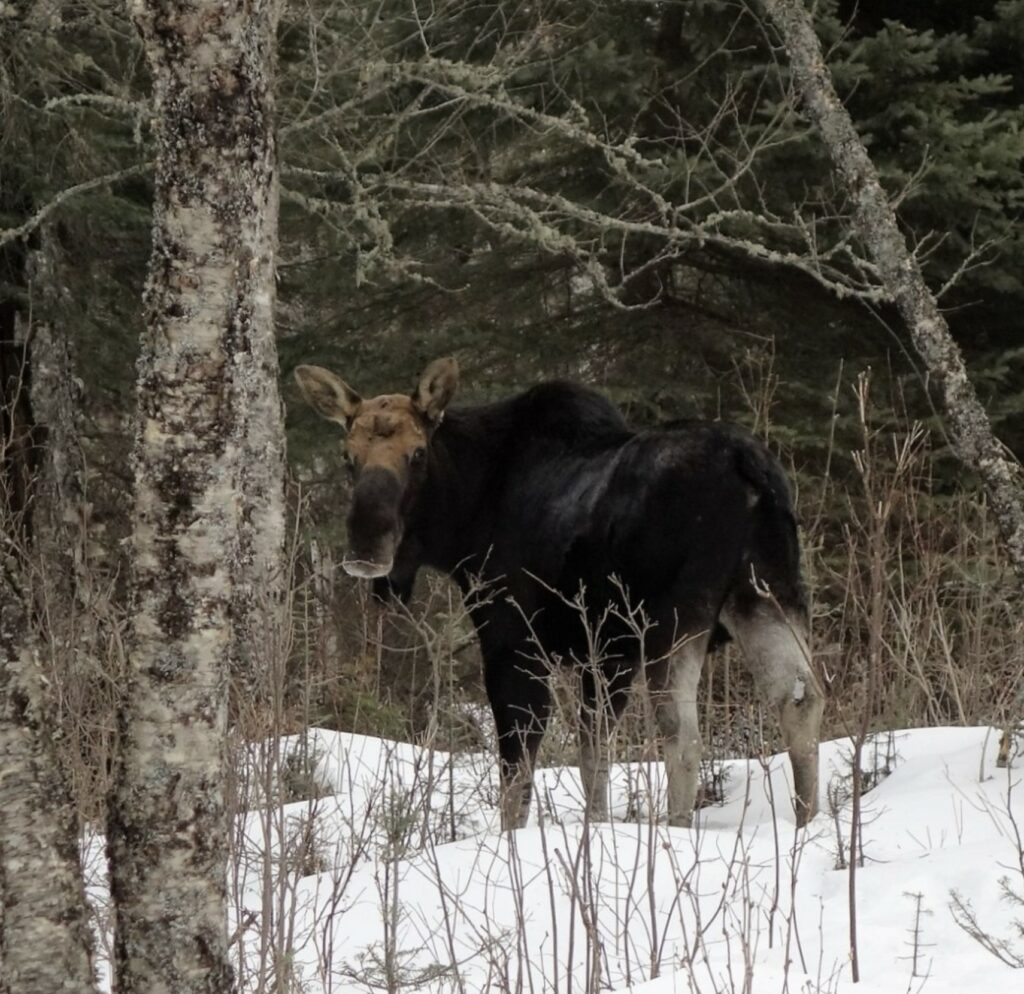
Michigan’s Isle Royale National Park is one of the most remote and least visited of the top national parks, but it offers an unforgettable wilderness experience. Located in Lake Superior, the island is only accessible by boat or seaplane and has no roads—just quiet trails and deep forests. It’s a haven for backpackers, kayakers, and those looking to truly disconnect. Wildlife includes moose, foxes, and a rare population of wolves. The park charges $7 per person per day, plus transportation fees, and offers both campgrounds and primitive shelters. The isolation, clear water, and unspoiled beauty make Isle Royale one of the best national parks for solitude, reflection, and off-the-grid adventure.
Indiana: Sand Dunes and Lakeshore Views

Indiana Dunes National Park may not be as famous as others, but it’s quickly becoming one of the top national parks in the Midwest. Located along Lake Michigan, it features 15 miles of sandy shoreline, rolling dunes, and surprisingly diverse habitats, including wetlands, forests, and prairies. Visitors can swim, birdwatch, or hike over 50 miles of trails. Entrance is $25 per vehicle, and camping is available at the Dunewood Campground. The park is especially popular in summer for its beaches and spring for wildflower blooms. Just an hour from Chicago, it offers an easy escape into nature. Indiana Dunes proves that even small parks can pack big beauty and belong among the best national parks for families and day-trippers.
Conclusion

As you can see, the U.S. is home to some of the best national parks in the world, each offering something unique, whether it’s towering peaks, hidden caves, or sun-drenched deserts. From the snowy wonders of Alaska to the volcanic magic of Hawaii, these parks are all about exploring the beauty and power of nature. Whether you’re an avid hiker, wildlife enthusiast, or simply looking to escape into stunning landscapes, there’s a national park waiting for you to discover. So grab your backpack, your camera, and maybe even your camping gear—your next adventure in one of the top national parks is just a trip away. With endless hiking trails, scenic drives, and incredible wildlife, you’re bound to find something that calls to you. Whether you’re seeking adventure or serenity, these parks offer the perfect backdrop for unforgettable memories. Ready to hit the trails? The great outdoors is calling!
Read More: Forest Bathing: A Retreat to Nature Can Boost Immunity and Mood

